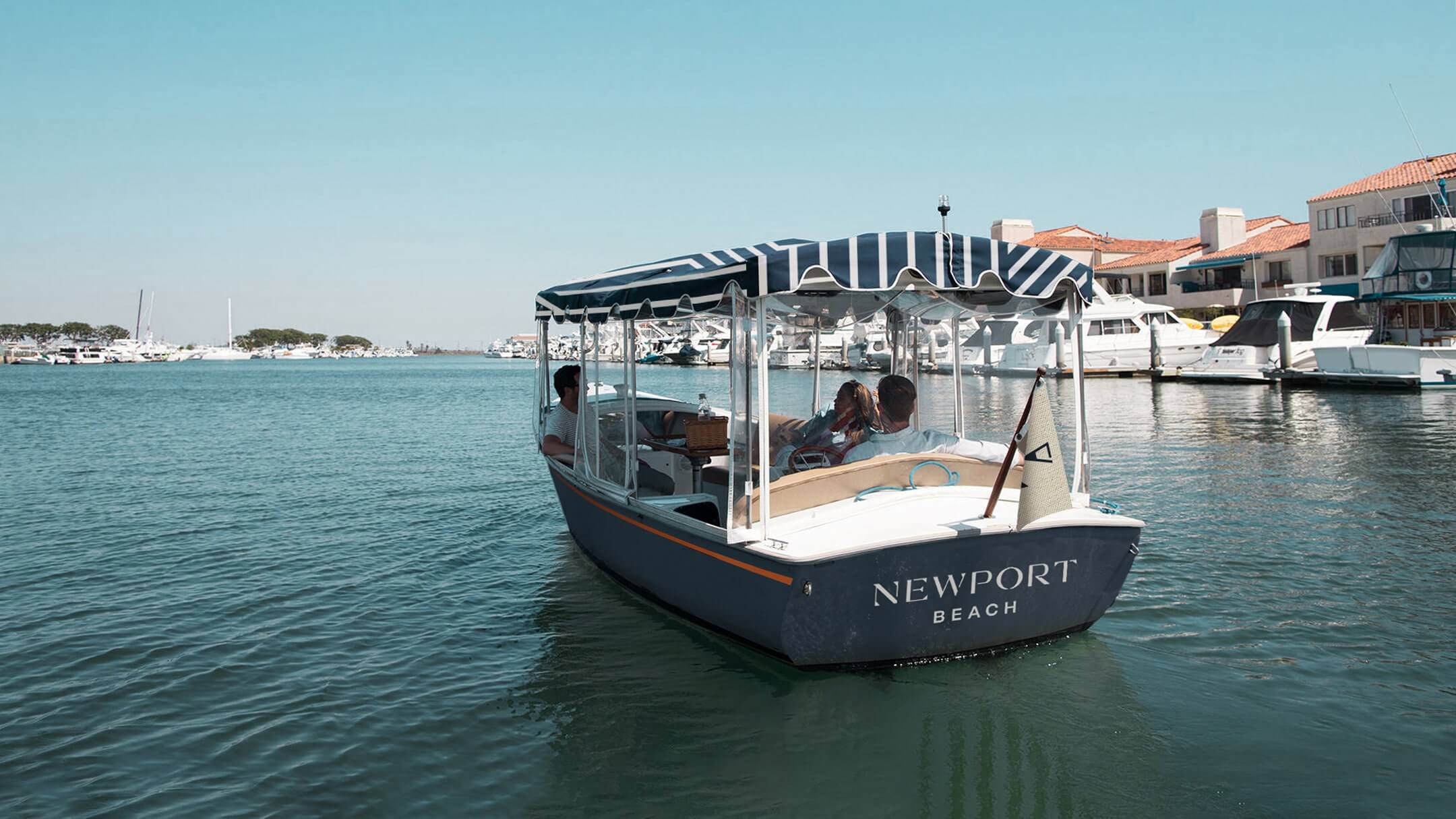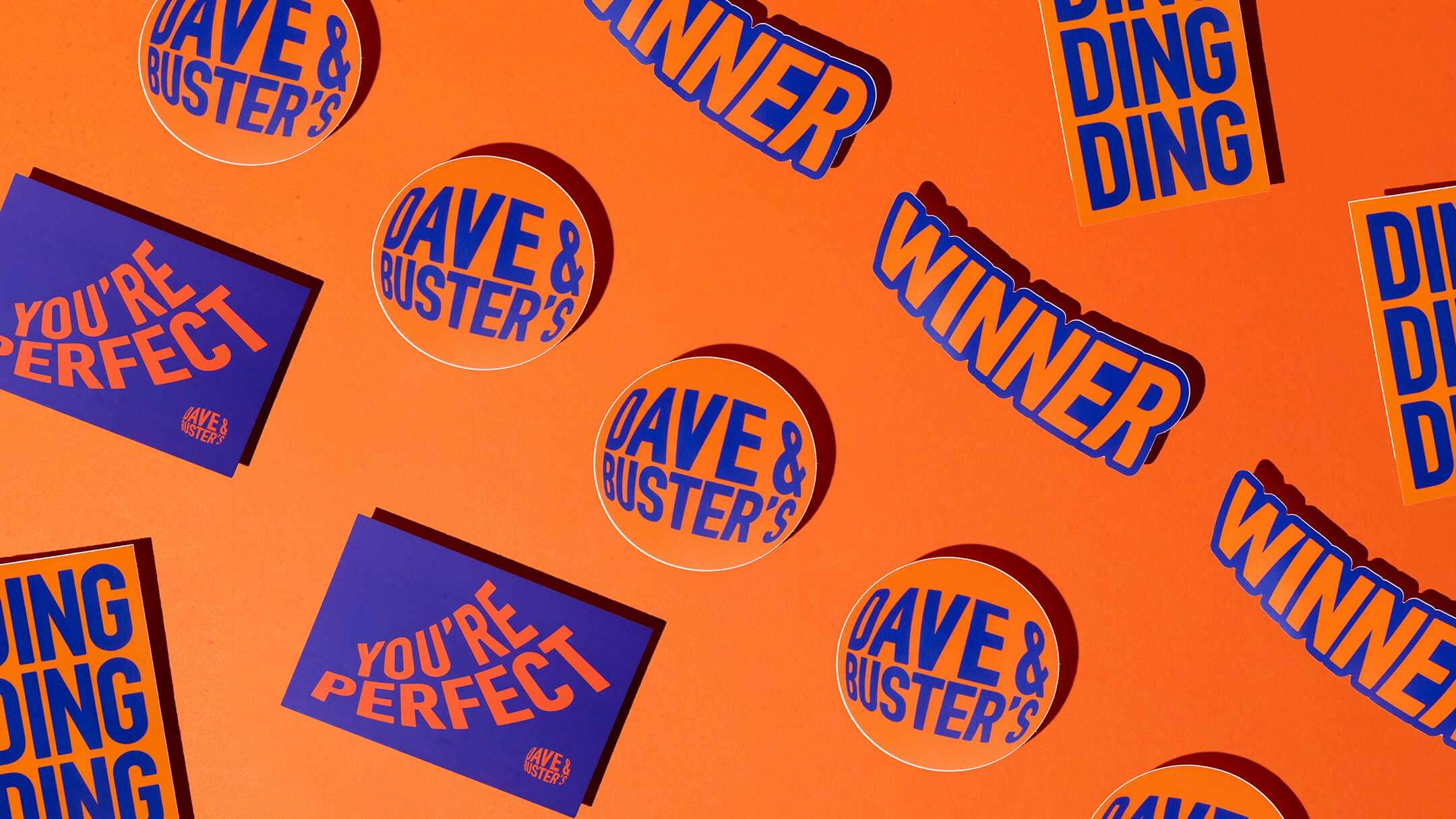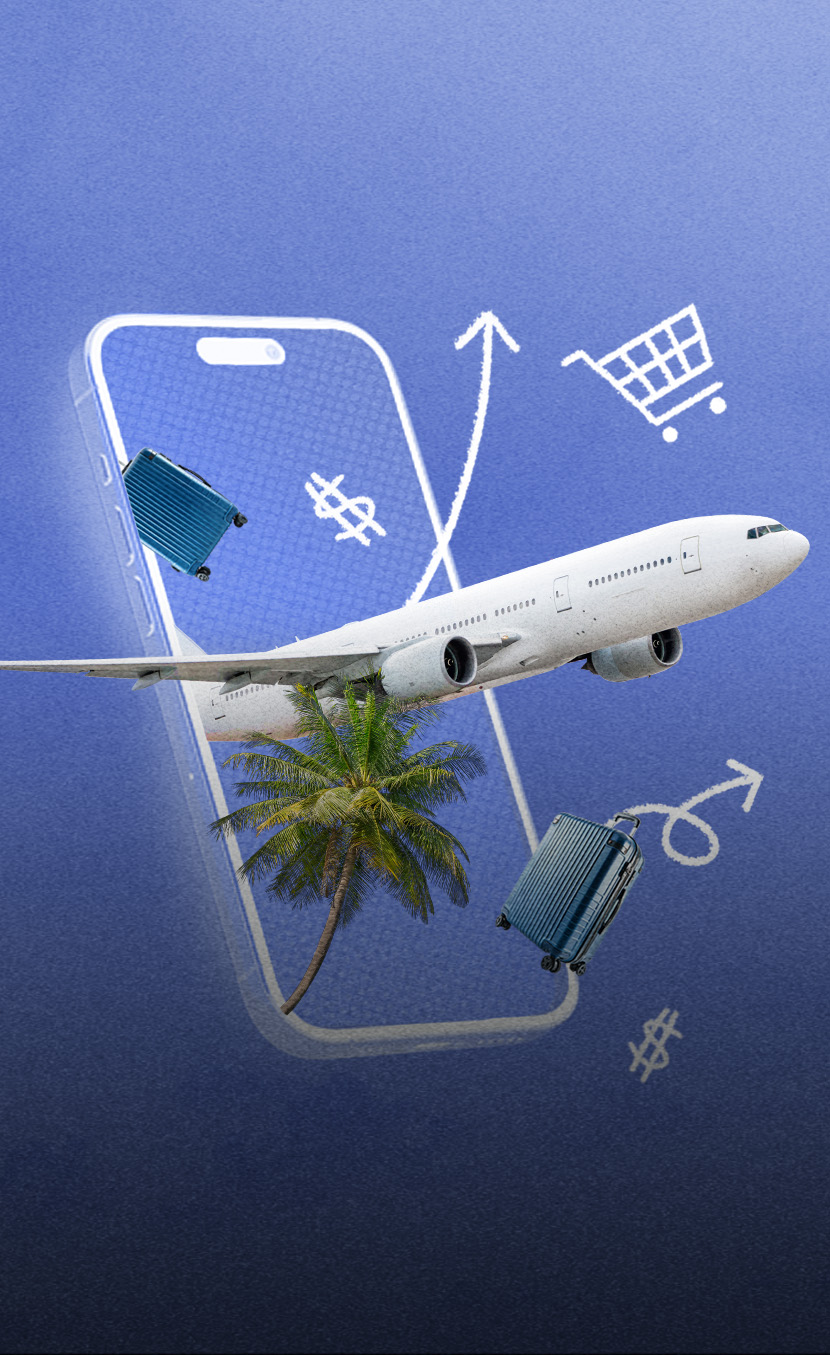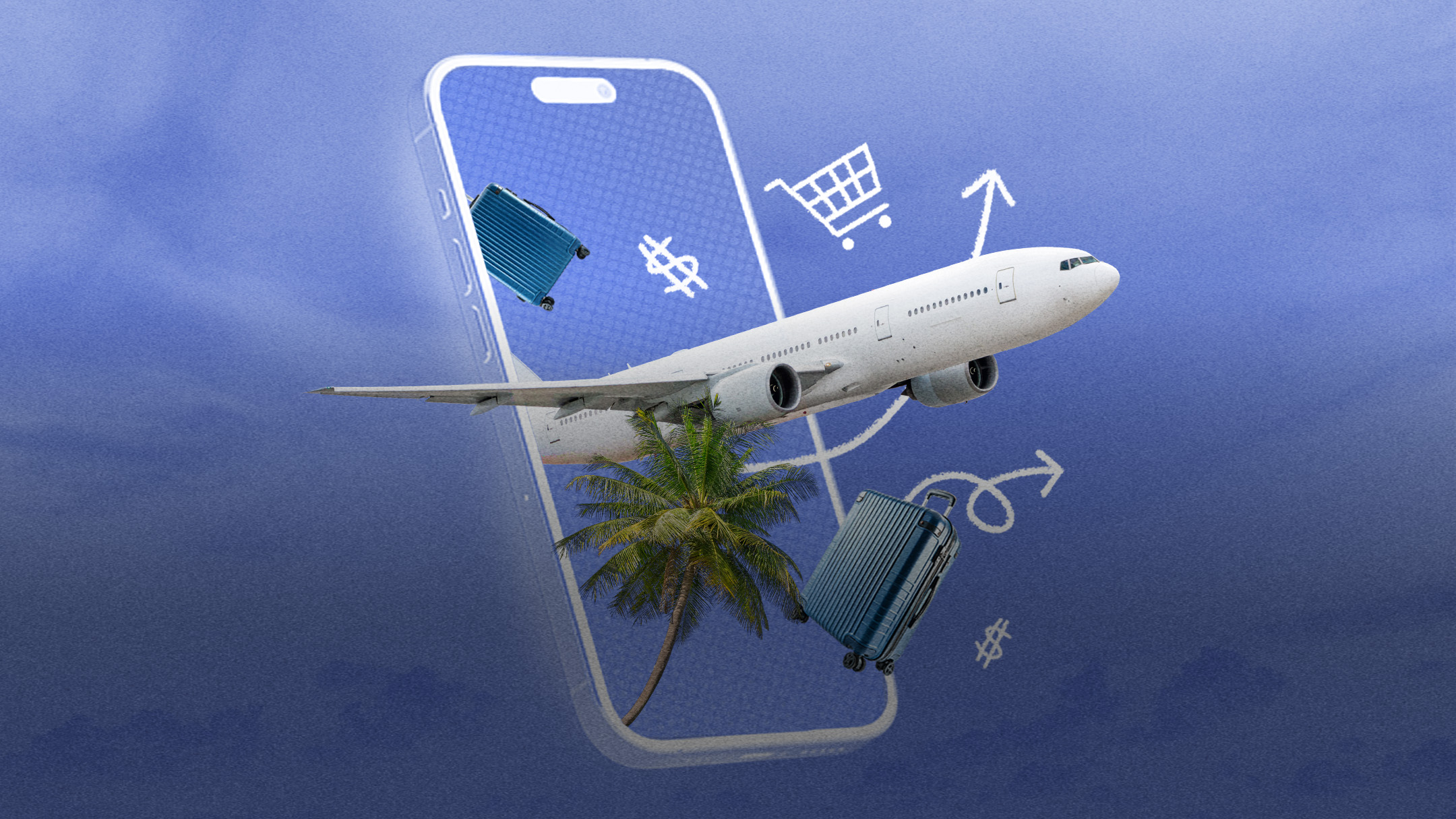Shortening the path to purchase
Shoppable media is the latest buzz in the ever-evolving landscape of digital marketing. This type of unit is not entirely new, having made its mark on platforms like Instagram for years.. However, its influence is now extending beyond the social space, expanding into various channels, including streaming video on-demand (SVOD) services, video games, and the metaverse.
At its core, shoppable media revolutionizes the way consumers interact with content. Gone are the days of the traditional marketing funnel; now, every image, video, or article has the potential to become a point of sale. Shoppable media bridges the gap between discovery and purchase.
Streaming video is embracing this shoppable media experience. Amazon stands at the forefront of this movement with the launch of the ‘Amazon Live’ FAST Channel on Prime Video and Freevee. These interactive shoppable livestream videos are accessible across desktops, mobile devices, and smart TVs making shoppable entertainment more accessible, interactive, and engaging than ever before.
For retailers, this shift unlocks a myriad of possibilities. Picture scrolling through your favorite fashion blog and effortlessly purchasing the featured outfit with a simple tap. Not only does this enhance the customer journey, but it also offers valuable data insights for brands to fine-tune their marketing strategies.
Ted Baker exemplifies effective use of shoppable video, allowing viewers to hover over hotspots in their video series for product information and access to live chat for inquiries. The three-minute short video is a story about a criminal — codename “The Needle” — who has stolen the blueprints for the new Ted Baker winter collection. By integrating shoppable elements seamlessly into their content, Ted Baker offers a new and inspiring way for customers to interact with and purchase their products.
In a statement the retailer said, “No need for frantic shopping sprees or hours spent online — simply watch Ted’s fantastical film, filled with shoppable gifts.”
Shoppable Media Beyond Retail: Exploring New Horizons
However, the transformative potential of shoppable media extends beyond brands solely focused on driving online sales or ecommerce. In the travel industry, it presents a groundbreaking opportunity. Wanderlust-inducing Instagram posts can smoothly transition into bookings, transforming dream vacations into tangible experiences with just a click. Travelers can explore local experiences and activities through captivating multimedia content, effortlessly booking their itinerary at that moment. Shoppable media transforms passive browsing into active engagement, empowering businesses to capitalize on consumer interest in real-time.
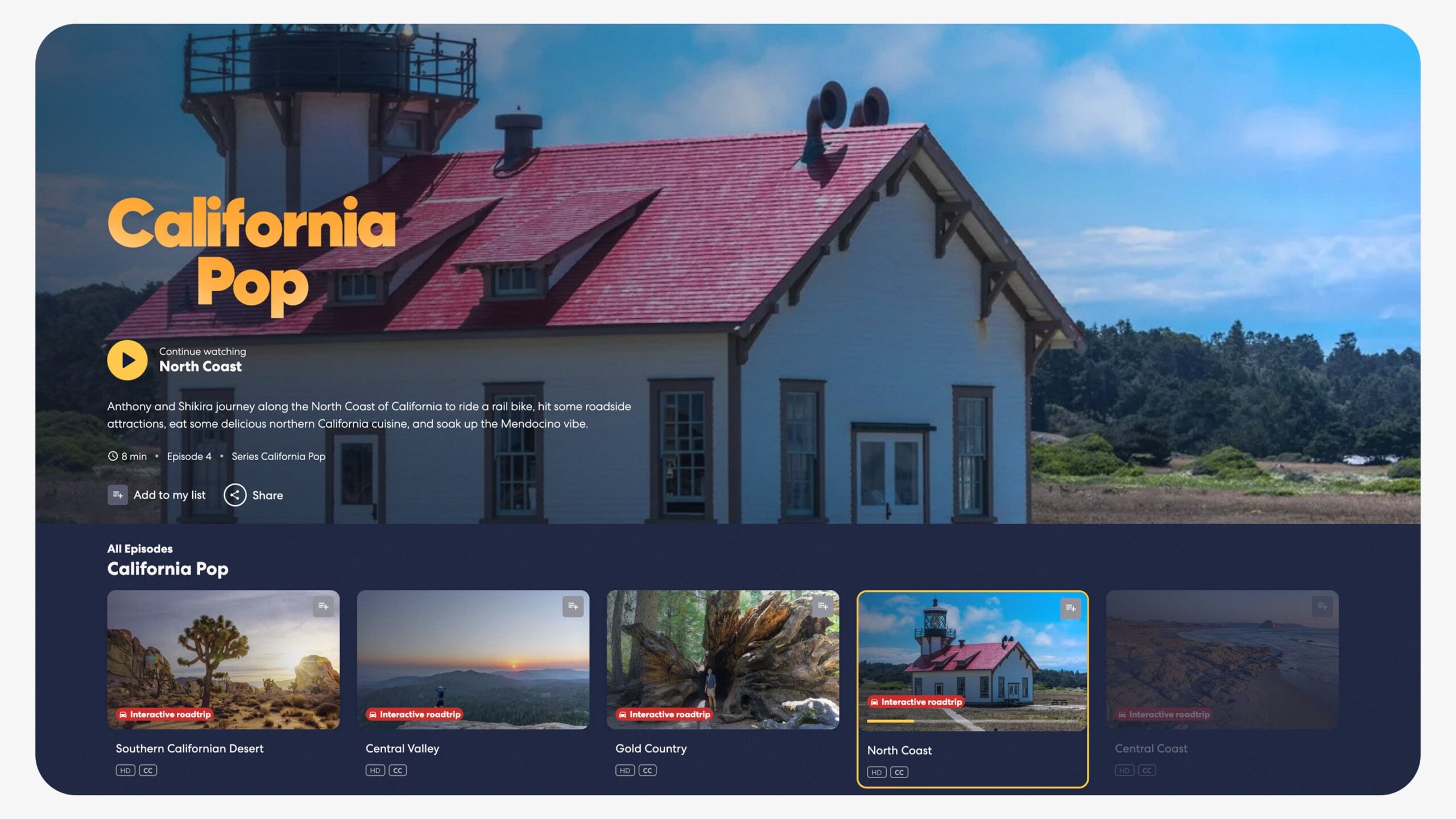
Brand USA stands as one of the trailblazers in the travel industry, pioneering the integration of shoppable media through its GoUSA campaign. Through their innovative shoppable streaming platform, developed in collaboration with Expedia, destination content is seamlessly paired with travel booking options. Travelers can immerse themselves in virtual road trips across the U.S. While watching videos featuring scenic vistas or engaging with local culture, viewers can shop for and book their travel experiences, putting a whole new spin on tourism marketing as entertainment.
Similarly, the hospitality sector stands poised to reap the rewards of shoppable media. Restaurants can tantalize diners with enticing photos of their signature dishes, complemented by convenient links for online ordering or reservation systems. This integration of shoppable content enhances the dining experience, offering patrons an effortless way to engage.
Navigating the Shoppable Terrain:
The evolution of shoppable media brings both opportunities and challenges, with its effectiveness relying on careful execution. Brands must strike a delicate balance between convenience and intrusion, ensuring that shoppable experiences enhance rather than disrupt the customer journey. Personalization and relevance are crucial as consumers increasingly seek tailored recommendations aligned with their preferences and behaviors. However, there are pitfalls to avoid; irrelevant or intrusive ads can lead to frustration and disengagement. Similarly, complicating the purchasing process or failing to deliver on promised experiences can foster hesitation and undermine brand trust. Brands must prioritize authenticity, transparency, and seamless integration to fully harness the potential of shoppable media.
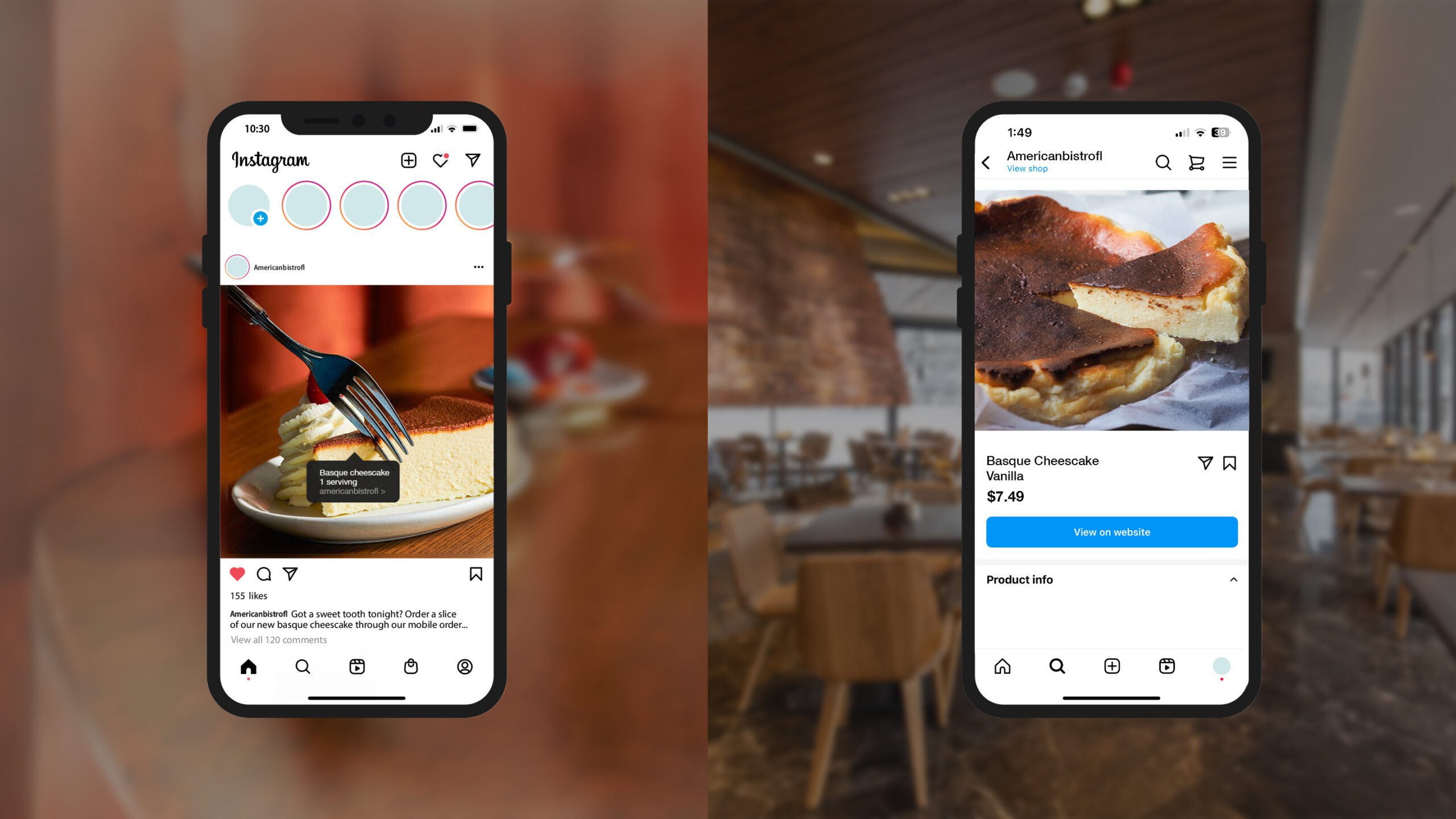
Shoppable media is reshaping the traditional marketing funnel, bridging the gap between message and purchase with remarkable efficiency. Reports indicate a significant uptick in its adoption, with forecasts projecting a 4-percent year-over-year growth and an estimated 100 million shoppable media buyers anticipated next year. The surge in popularity is mainly due to collaborative efforts among creators, brands, and social media platforms, indicating a future where shoppable experiences extend beyond social media alone. As technology continues to advance, shoppable media will become increasingly integrated, offering most industries the opportunity to participate in this evolving space. By integrating content and commerce, businesses can forge deeper connections with consumers across retail, travel, and hospitality sectors. However, navigating this new landscape requires strategic foresight, adaptability, and an understanding of consumer behavior.

